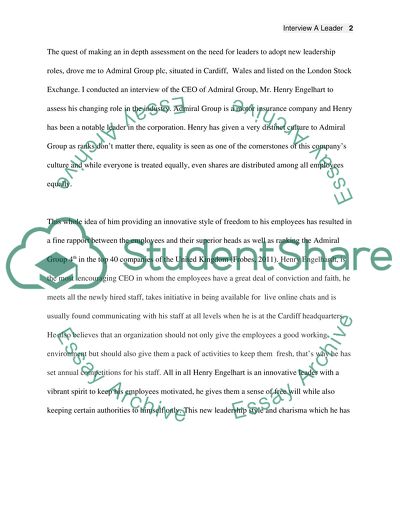Cite this document
(“Interview a leader Essay Example | Topics and Well Written Essays - 1000 words”, n.d.)
Retrieved from https://studentshare.org/journalism-communication/1476607-interview-a-leader
Retrieved from https://studentshare.org/journalism-communication/1476607-interview-a-leader
(Interview a Leader Essay Example | Topics and Well Written Essays - 1000 Words)
https://studentshare.org/journalism-communication/1476607-interview-a-leader.
https://studentshare.org/journalism-communication/1476607-interview-a-leader.
“Interview a Leader Essay Example | Topics and Well Written Essays - 1000 Words”, n.d. https://studentshare.org/journalism-communication/1476607-interview-a-leader.


